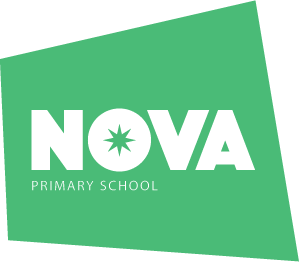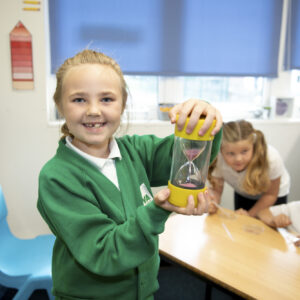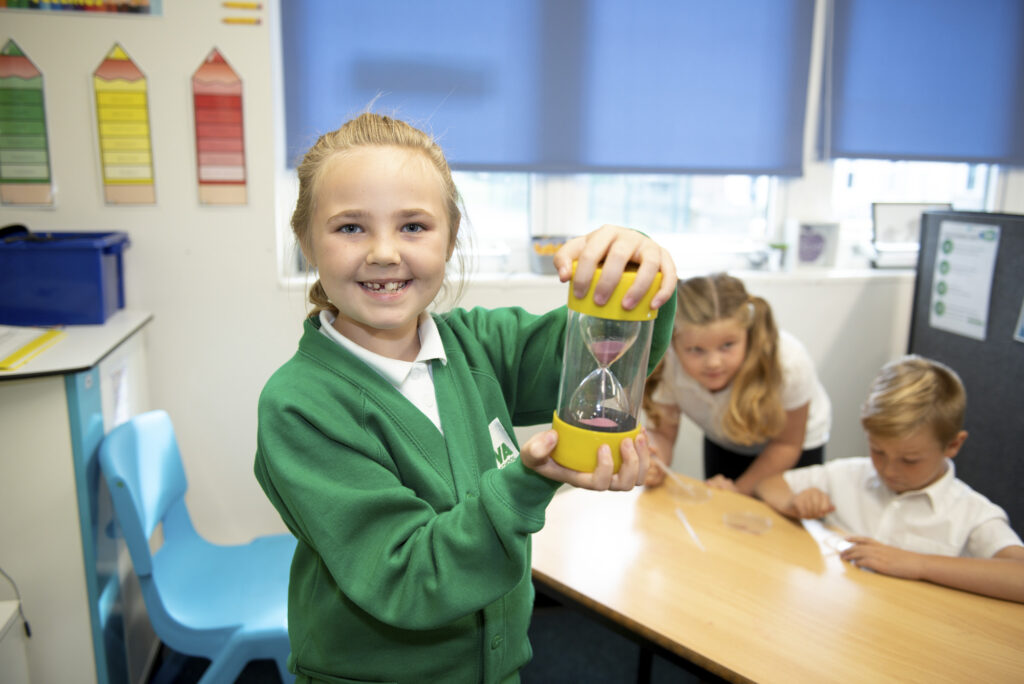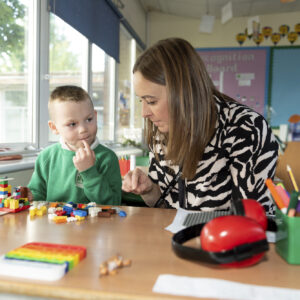How do we teach phonics at Nova Primary?
Teaching children how to read successfully, and more importantly to develop a real love of reading and appreciation of books, is one of our biggest priorities at Nova. Being a successful reader equips children with skills for life and opens a world of opportunities which is why we place so much importance of the teaching of phonics and early reading in EYFS and KS1.
Children are taught how to read using systematic synthetic phonics and this is given a high priority throughout Foundation Stage and Key Stage 1. The purpose of phonics is to quickly develop pupils’ phonemic awareness which is their ability to hear, identify, and use phonemes in English. The aim is to systematically teach leaners the relationship between these sounds and the written spelling patterns (graphemes) which represent them. Phonics emphasises the skills of decoding new words by sounding them out combining (blending) the sound-spelling patterns.
To enrich our early reading provision for children, we have made a few changes to how we teach phonics and early reading and have also invested heavily in some new resources, including:
- From January 2022 we have implemented a new DfE validated phonics scheme and resources called ‘Little Wandle’ to support our teaching of phonics.
- Purchasing 1440 new phonics books to ensure children have access to decodable books that they can successfully read.
- Purchasing 50 new enjoyment bedtime books for each year group that can be taken home to share with an adult.
- From 2024, we have purchased a range of 7+ decodable books for Key Stage 2 which are great for older readers.
Here is a video sharing some of our books that we have on offer: https://youtu.be/ljpe14aEB-I
Children are also able to read books from their class library as well as through visiting our school library.
You can find out more about our phonics scheme and find resources for parents on the Little Wandle website: https://www.littlewandlelettersandsounds.org.uk/resources/for-parents/
These videos below show you how to pronounce the sounds. Notice how the children don’t add an ‘uh’ sound at the end, so they say: ‘t’ not ‘tuh’. Use the downloadable information to help your child remember how to write their letters and say their sounds.
Phase 2 sounds taught in Reception Autumn 1
Phase 2 sounds taught in Reception Autumn 2
Phase 3 sounds taught in Reception Spring 1
FAQs for parents:
How is my child taught phonics at school?
Children, in Key Stage 1, are taught phonics daily by their class teacher in a whole class lesson. Phonics lessons usually last 30mins and follow the structure:
a) Review and Revisit – this is to review previously learned sounds;
b) Teach and Practise – time to teach and practise a new phoneme and practise blending. May learn a new tricky word.
c) Practise and Apply – this is time practise reading and spelling using the new phoneme.
Children will also have the opportunity to read decodable books in a guided group 3x weekly with an adult to apply their phonics skills. We also teach a love reading and stories through exciting writing units based on interesting texts. Children are also read to regularly and are taught comprehension skills, including inference by discussing pictures.
How do you assess my child?
Teachers assess children’s learning daily throughout lessons, identifying children who need extra support and practice with their phonics. At the end of every term, all children are assessed individually to find out what sounds they have remembered from those taught. This is used as a benchmark to choose appropriate books for the following term.
At the end of year 1, children complete a national phonics check and we submit this data to the local authority. Any children who don’t pass their initial screening at the end of Year 1 are re-assessed in Year 2.
What books will my child bring home and how can I support them with their reading?
- Decodable phonics book
This reading practice book is for your child to read to an adult at least 3x a week and this book will be at the correct phonic stage for your child. Your child should be able to read this fluently and independently.
This book has been carefully matched to your child’s current reading level. If your child is reading it with little help, please don’t worry that it’s too easy – your child needs to develop fluency and confidence in reading.
Listen to them read the book. Remember to give them lots of praise – celebrate their success! If they can’t read a word, read it to them. After they have finished, talk about the book together.
1st read = Decoding focus. Help your child to decode the words in the book (sound out and blend the phonemes to make sounds eg.
2nd read = Fluency and expression focus. Read the book again and this time, model how to read in a fluent voice and with expression. Check your child can do the same.
3rd read = Comprehension focus. Read the book again checking your child’s understanding by asking some simple questions about the events in the book. There are some simple questions printed inside the book covers. Please ensure the book is returned to school every day. Your child’s fully decodable book will be changed weekly. - Bedtime sharing books for reading enjoyment.
In order to encourage your child to become a lifelong reader, it is important that they learn to read for pleasure. The sharing book is a book they have chosen for you to enjoy together.
Children will choose and bring one of these books home each week to read with an adult for pleasure. Each year group has 50 books we recommend children read in EYFS, Y1 and Y2. You can see what books are on offer on the following attachments. Please look after these books and ensure they are returned each week for another child to read and enjoy.
Please remember that you shouldn’t expect your child to read this alone. Read it to or with them. Discuss the pictures, enjoy the story, predict what might happen next, use different voices for the characters, explore the facts in a non-fiction book. The main thing is that you have fun!
When will my child read book banded books?
When a child is assessed as confidently knowing all of their sounds up to the end of phase 5 and they are reading phase 5 books fluently, they will move on to our book banded system. This is usually the equivalent of turquoise level 14 books. We no longer use book banded books below level 14 as we use matched decodable fluency books instead.
What else can I do to support my child with their phonics and reading?
Although your child will be taught to read at school, you can have a huge impact on their reading journey by continuing their practice at home as suggested above. It’s important to make reading fun! Model a love of reading, visit the library together and visit book shops and choose new books to enjoy together.
You can find out more about our phonics scheme and find resources for parents on the Little Wandle website: https://www.littlewandlelettersandsounds.org.uk/resources/for-parents/
If you are a parent or carer with any other questions about phonics, please email or speak to your child’s class teacher.
Terminology:
Phoneme – smallest unit of spoken language (sound)
Grapheme – a letter or combination of letters to represent a phoneme (written)
Diagraph – a combination of two letters making one sound e.g. sh
Trigraph – a single sound represented by three letters e.g. igh
Blending – the action of combing sounds to form a word e.g. c-a-t = cat
Segmenting – the action of breaking down a word into individual sounds e.g.
Resources:
Leadership
Lauren Bradford is our Phonics Leader and Lead Author, who you can speak to to find out more about how we teach our Phonics and Early Reading Curriculum and Nova.




